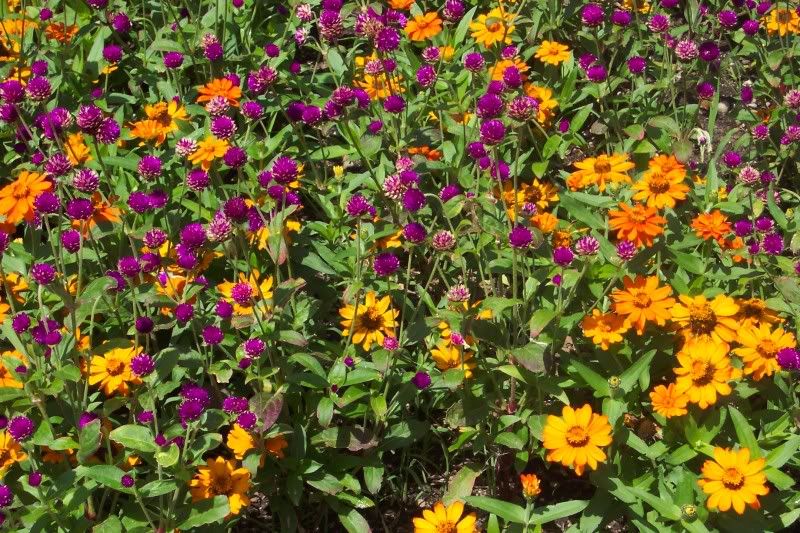Now that we are at the end of the summer gardening season, at lot of us will begin pulling out old and worn out plants and tossing them in the compost pile.
I found this root attached to a sweet potato plant:

Notice the knobby, bumpy nodules. This is not normal for a sweet potato root. The abnormal growth is caused by a nearly microscopic worm-like creature called a nematode.
Nematodes are the bane of sweet potato farmers in the southern states where sweet potatoes or other vegetables are grown year after year in the same spot. In addition to gnarled roots, nematodes also cause reduced yields. Often the damage shows up as black spots under the skin of the tuber that are not seen until the root is peeled leaving an unusable potato.
This nematode damage can occur on almost any common vegetable plant. If you find a root that resembles the one in the photo, destroy it and don’t attempt to compost it, otherwise you risk spreading the pests to other parts of your garden.
There is no method of control for nematodes in the garden except rotating your crops. You must rotate to a grass-related crop such as sweet corn in order to break the life cycle of the nematodes. “Regular” garden crops will support nematodes in the soil.
Knobby roots on legume plants such as peas and beans are normal and not caused by nematodes, so don’t dispose of them. Beans and peas have nodules on their roots that harbor beneficial bacteria. In this case the bacteria are beneficial to the plant and actually produce fertilizer in the form of nitrogen that the beans use to grow.
Chances are you won’t see these symptoms in a new garden because the nematodes have not had enough time to multiply.
Happy Composting,
Bob
